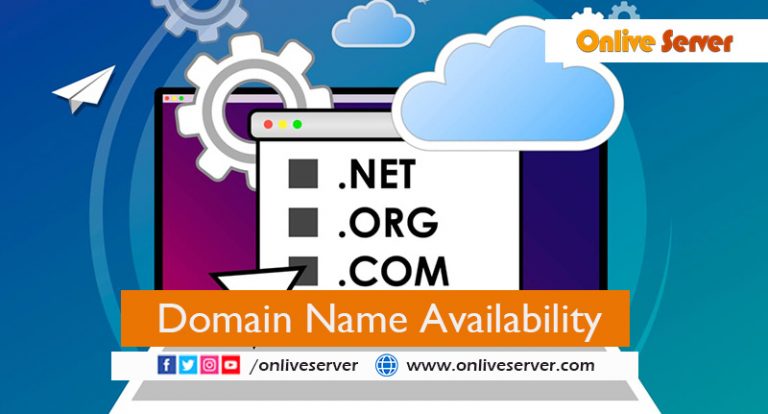As the modern landscape increasingly embraces digital transformation, businesses, and individuals are turning to robust, dependable, and adaptable hosting services to run their websites, apps, and many other web properties. Windows Dedicated Server is one of the most cost-effective hosting solutions. This guide will take you through everything you need to know about a Server: what it is, what its advantages are, and when and why you should consider it for your hosting needs.
Understanding Windows Dedicated Server Basics
The Dedicated server is a high-performance and high-availability hosting service where the user has an entire physical server and does not share the server with any other user, and the Windows operating system is installed. A dedicated server provides one set of CPU, RAM, storage, and network bandwidth exclusively for your use instead of shared hosting servers, distributing resources between multiple customers. On the other hand, Windows OS makes it a natural choice for companies that focus on compatibility with Microsoft applications such as ASP. NET, MS SQL, or RDP (Remote Desktop Protocol). This hosting type is best for large websites, applications, or enterprises needing strong security, scalability, fully customized server configurations, and server access.
What is a Windows Dedicated Server?
A Dedicated Server is a hardware server that serves only one client or organization. It runs on Microsoft’s Windows Server operating system, which provides a familiar and intuitive user interface for managing hosting environments. Dedicated servers provide high performance, customization, and security, enabling you to focus on growth and agility.
A Server Provides users with full administrative control over the server’s resources, including CPU, RAM, storage space, and network bandwidth. Such control is particularly valuable for businesses that operate resource-heavy applications or high-traffic websites.
Why Choose a Windows Dedicated Server?
Familiar Interface
In its user-friendly interface, Windows Server OS is almost identical to the desktop version of Windows. This makes it very familiar for users moving from personal Windows systems to a dedicated server environment, decreasing the learning curve.
Support for Microsoft Applications
Microsoft Dedicated Servers integrate smoothly with existing Microsoft applications such as SQL Server and ASP. NET, and Microsoft Exchange. As such, they are the perfect option for companies that depend on these tools.
High Performance
Dedicated servers guarantee predictable performance, meaning that your applications and websites will operate seamlessly and are unaffected by other users’ activities.
Customization
Users have administrative access, so they can configure the server as they want it. This involves installing custom software, optimizing settings, and managing resources.
Enhanced Security
Since the server is dedicated to one user, it minimizes the risk of security breaches by a large fraction. Further, Windows Server OS includes many advanced security features, such as Windows Defender, Active Directory, etc.
Scalability
As your business grows, you can easily upgrade to a Windows-dedicated server to support greater traffic and resource needs.
Technical Specifications and Requirements
They are the must-have information, guidelines, and requirements that dictate how to design, build, or operate a product, service, or system. These can encompass hardware details, including processor type, memory, storage capacity, and network compatibility, as well as software dependencies such as supported operating systems, frameworks, and libraries. They also determine performance benchmarks, scalability requirements, security frameworks, compliance norms, and user interface metrics.
Key Features of Windows Dedicated Server
Dedicated Resources
A Server provides exclusive access to the entire server’s resources, including CPU, RAM, storage, and bandwidth, ensuring optimal performance and reliability for your applications and websites.
Full Administrative Control
Users get root or administrative access, allowing them to have full control over server configurations, software installations, and system settings and tailor the environment to their specific requirements.
Enhanced Security
With dedicated resources, there is no risk of from other users. Additionally, built-in Windows security features like firewalls, BitLocker, and advanced access control enhance server protection.
Customizable Hosting Environment
A Server allows complete customization of the hosting environment to meet the needs of unique applications, databases, or services, ensuring flexibility and adaptability.
Scalability
As your business grows, you can quickly scale resources like storage and processing power to accommodate higher traffic and more demanding workloads without impacting performance.
Performance Optimization Strategies
Performance optimization strategies are the methods and practices used to improve the speed, efficiency, and consistency of systems, applications, or processes. Essential techniques include minimizing bottlenecks (for example, through performance profiling), increasing the efficiency of your code, using caching mechanisms, and optimizing database queries. Leveraging cloud-based architecture like CDN and cloud storage allows for smooth operation in times of high traffic.) Proper resource usage, including memory bloat avoidance and careful network requests, is also essential. Regular performance checks and automated testing tool implementation detect problems in a pre-emptive manner, ensuring quality outputs from the developing and production environment.
Conclusion
A Server is the best option for businesses and individuals looking for high performance, security, and customization according to their needs. It inherits the powerful and user-friendly Windows OS, excellent integration with Microsoft tools, superior resource management, and the ability to run intensive applications. It is an ideal platform for hosting websites, databases, and enterprise applications, providing unprecedented reliability, dedicated resources, and complete administrative control. A Windows Dedicated Server is an investment that minimizes all kinds of performance-related issues and maximizes scalability.







